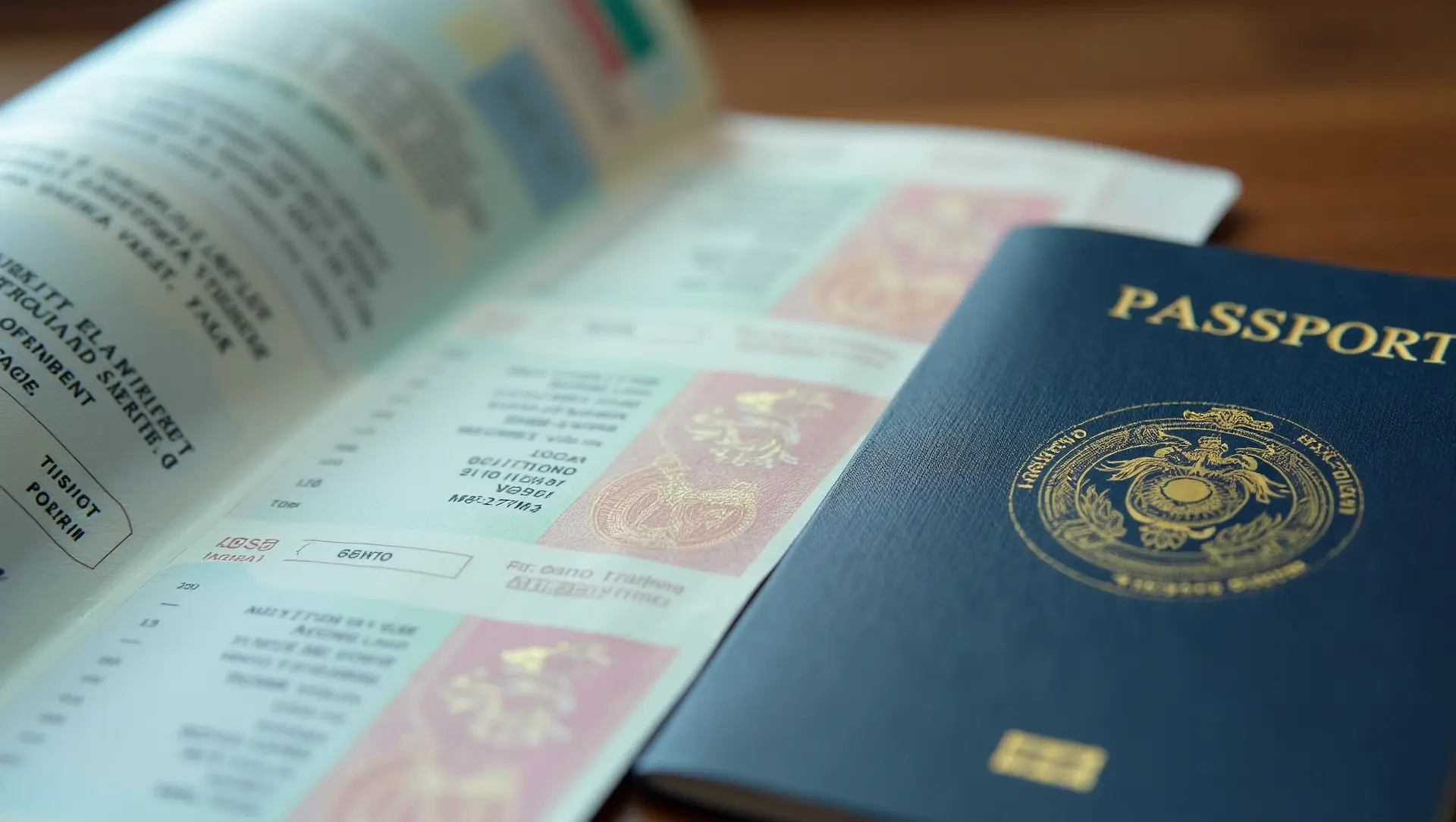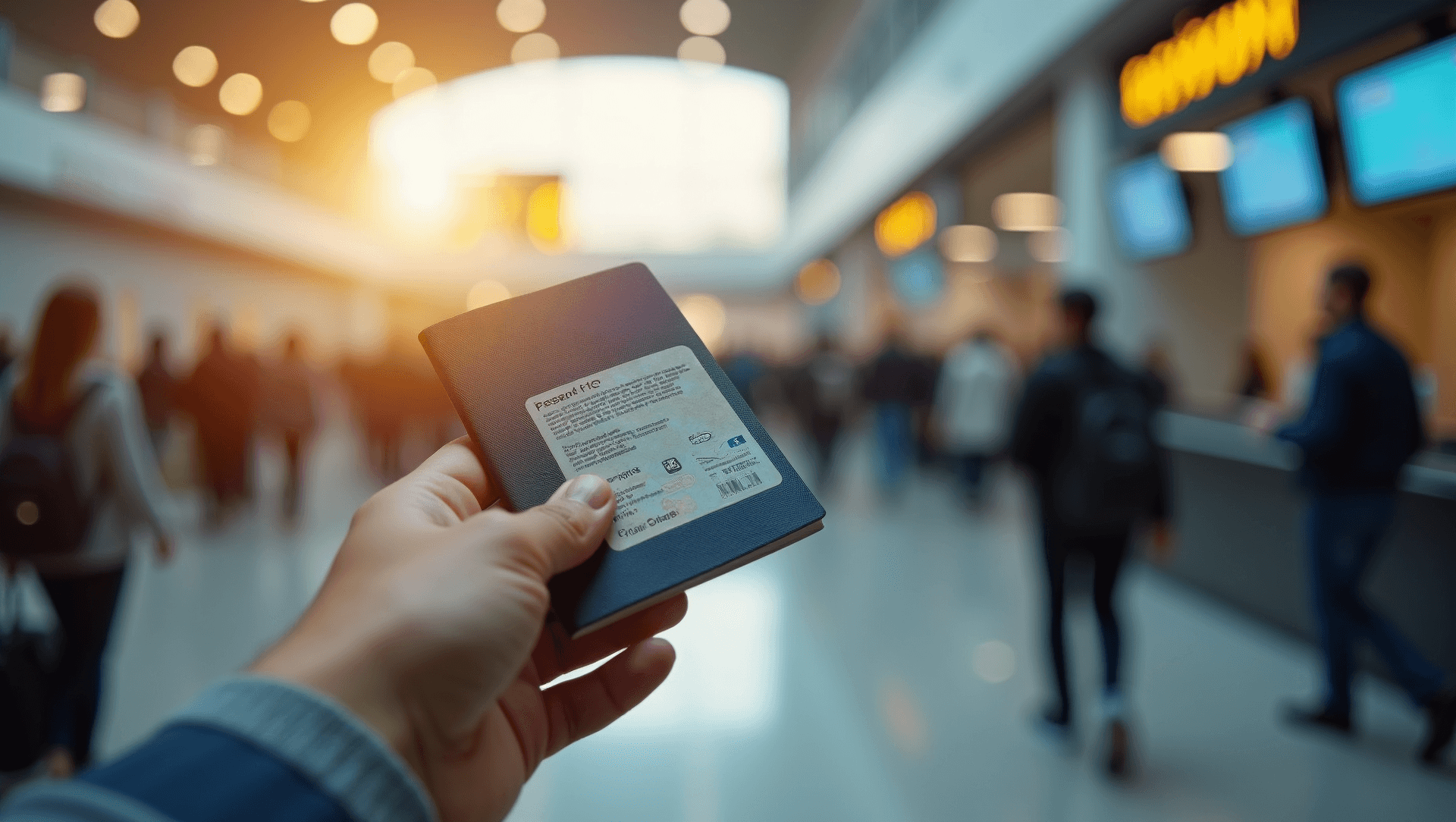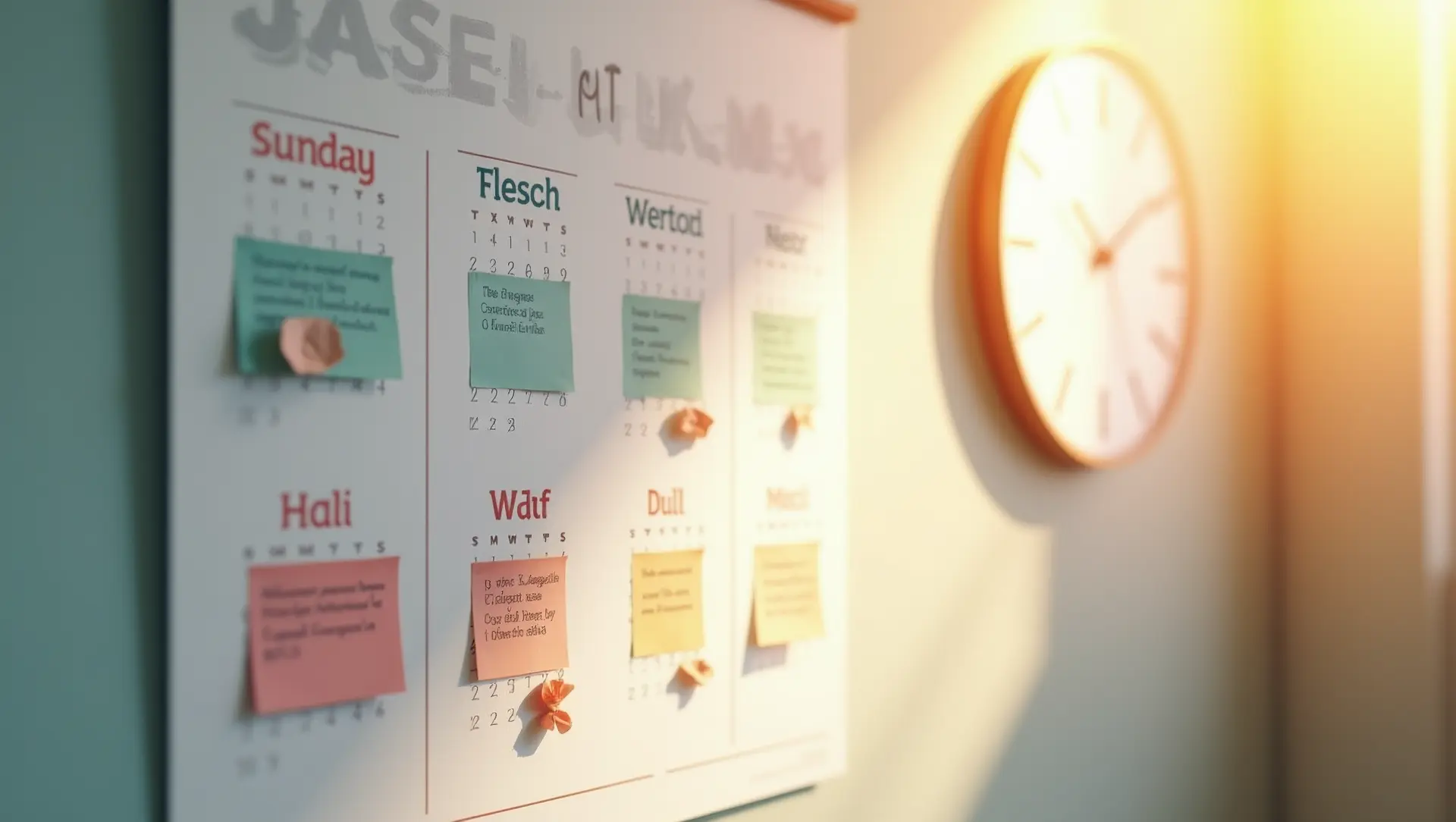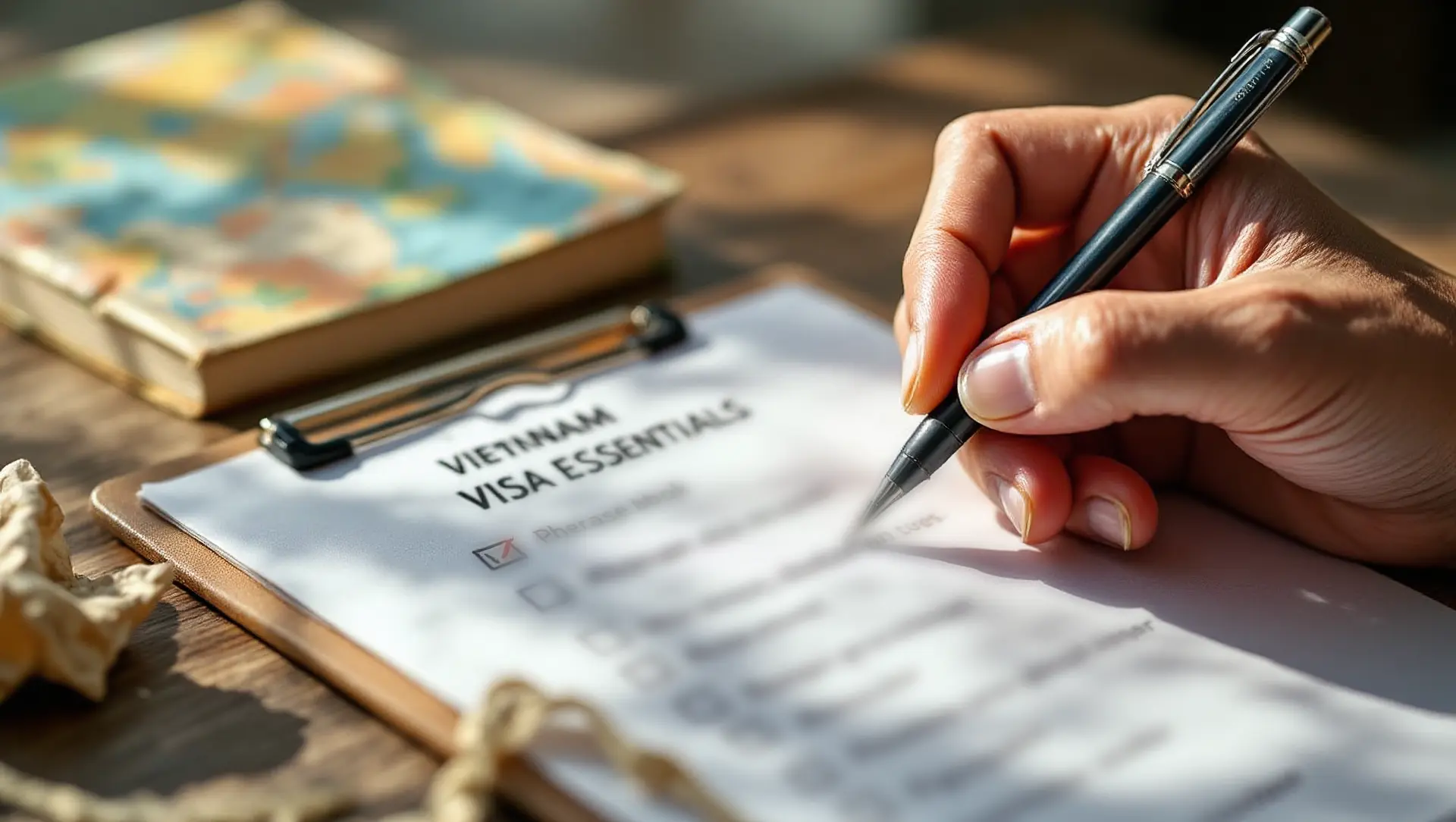Welcome to EssentialVietnamTravel.com! Many people dream of visiting vietnam. The country offers vibrant culture, stunning landscapes, and incredible food. Travel to vietnam promises an unforgettable adventure. However, understanding the vietnam visa requirements can sometimes seem complex. Information online can be confusing or outdated. Finding clear, practical advice is crucial.
That’s why EssentialVietnamTravel.com exists. We aim to simplify your vietnam travel planning. We provide reliable, easy-to-understand guides focused on the essentials. This guide covers everything you need to know about the vietnam visa application process for 2025. We explain the types of vietnam visa, eligibility rules, application steps for the vietnam e visa and embassy routes, costs, and processing times.
We base our information on official guidelines and aim for accuracy, but always advise checking official sources before finalizing plans. Let this guide be your clear path to obtaining your visa for vietnam.
Step-by-Step Guide: How to Apply for Your Vietnam Visa (E-visa & Embassy Routes)

Obtaining the correct vietnam visa is a critical first step for most international visitors. For 2025, there are primarily two ways how to apply for vietnam visa: the popular online evisa vietnam system and the traditional application through a vietnam embassy or consulate. Choosing the right method depends on your nationality, the purpose of your visit, and trip duration. This section provides detailed, step-by-step instructions for both processes, helping you navigate the vietnam visa application successfully.
Before you start, ensure you have basic information ready: your valid passport details (with at least 6 months validity remaining), a recent digital portrait photo meeting specific requirements, and your intended travel dates. Remember, using the vietnam e-visa official website is highly recommended over third-party agents to avoid potential extra fees or complications.
The Embassy of Vietnam route is typically for those ineligible for the e-visa vietnam or seeking different visa types like long-term or business visa vietnam. Always double-check information directly with official sources like the Vietnam Immigration Department or the specific embassy of vietnam in your country, as visa regulations can change.
Applying for the Vietnam E-visa Online (Step-by-Step)
The vietnam e visa (often called evisa for vietnam or vietnamese evisa) is the most convenient option for many tourists from over 80 countries. It allows a maximum stay of up to 90 days (check current 2025 regulations) and can be for single or multiple entries. This process is done entirely online via the vietnam e-visa official website.
- Access the Official Portal: Navigate only to the official Vietnam Immigration Department e-visa website. Be wary of unofficial sites that may look similar but charge extra fees.
- Complete the Application Form: Fill in all required personal details accurately as they appear on your passport. This includes full name, date of birth, nationality, passport number, and expiry date.
- Upload Required Documents:
- Passport Data Page: You will need a clear, scanned copy or digital photo of your passport information page. Ensure all details are legible.
- Portrait Photo: Upload a recent digital passport-style photo. It must meet specific requirements: typically a white background, looking straight ahead, no glasses. Check the portal for exact dimensions and file size limits.
- Enter Travel Information: Provide your intended purpose of visit (tourism is typical for e-visa), expected arrival date, and intended port of entry/exit. E-visas are valid only at designated airports, land borders, and seaports. Check the official list.
- Review and Submit: Carefully review all entered information for accuracy. Errors can lead to delays or rejection. Submit the vietnam visa application.
- Pay the E-visa Fee: Proceed to the payment gateway. The standard vietnam visa cost for the e-visa fee is typically paid online via international card. This fee is generally non-refundable.
- Receive Confirmation & Wait: After payment, you will receive a registration code. Use this code to check your vietnam visa application status on the portal later. Standard e-visa processing time is usually around 3 working days, but apply at least 1-2 weeks before your trip.
- Download and Print: Once approved, log back into the portal using your registration code to download the e-visa vietnam PDF file. Print at least one color copy. You must present this printed e-visa along with your passport to the immigration officer upon arrival in Vietnam at your designated entry point (like Noi Bai Airport in Hanoi or Tan Son Nhat Airport in Ho Chi Minh City).
Applying Through a Vietnam Embassy or Consulate
Applying via a vietnam embassy or consulate is necessary if your nationality is not eligible for the e-visa vietnam, or if you need a different visa type (e.g., business visa vietnam, student visa, long-term stay). This process typically takes longer than the online vietnam visa.
- Locate the Correct Embassy/Consulate: Find the Embassy of Vietnam or Consulate General responsible for your region or country. Visit their official website for specific instructions and application forms.
- Download and Complete the Application Form: Obtain the correct vietnam visa application form from the embassy website. Fill it out completely and accurately.
- Gather Required Documents: Requirements vary, but generally include:
- Your original passport (with at least 6 months validity).
- Completed application form.
- Passport-sized photos meeting their specifications.
- Visa processing fee (payment method varies by embassy).
- Potentially other documents depending on the visa type (e.g., an invitation letter vietnam from a sponsoring organization for a business visa; flight reservations; proof of accommodation).
- Submit Your Application: Follow the embassy’s instructions for submission. This might involve mailing the documents or visiting the embassy/consulate in person by appointment.
- Wait for Processing: Visa processing time vietnam at embassies can vary significantly, often taking several weeks. Plan accordingly. Some embassies offer expedited services for an additional fee.
- Receive Your Visa: If approved, the visa vietnam will typically be a sticker placed directly into your passport. You may need to collect your passport in person or arrange for return mail. Ensure the details on the visa sticker are correct.
More about Vietnam Travel:
Understanding Vietnam Visa Requirements: Eligibility & Passport Rules

Before applying for any vietnam visa, it’s crucial to understand the fundamental vietnam visa requirements and vietnam immigration rules. Failing to meet these can result in application rejection or issues upon arrival. Do you need a visa for vietnam? For most non-Vietnamese nationals, the answer is yes, unless your country has a visa exemption agreement.
The single most important document is your passport. It must be valid for at least 6 months beyond your intended date of exit from Vietnam. Check your passport’s validity immediately. If it expires soon, renew it before applying for your vietnamese visa. Ensure your passport has at least two blank pages for stamps.
Your nationality is key. Eligibility for different visa types, especially the vietnam e visa, depends heavily on your citizenship. Citizens of certain countries may have simpler processes or longer visa exemptions than others (e.g., vietnam visa for us citizens follows specific rules). You must apply using the passport of the nationality you intend to enter Vietnam with. Providing false information about your nationality or passport details will lead to problems.
The Government of Vietnam sets these rules, managed by the Vietnam Immigration Department. Basic eligibility also assumes you have no prior entry refusal or deportation orders from Vietnam.
Choosing the Right Visa: Tourist Visa, E-visa, and Visa on Arrival Explained

Vietnam offers several types of vietnam visa, but for most tourists and short-term visitors in 2025, the main options are the vietnam tourist visa, the vietnam e-visa, and potentially the visa on arrival vietnam (VOA). Understanding the differences helps you choose the best fit for your travel to vietnam.
The vietnam tourist visa is the general category for leisure travel. The e-visa vietnam has streamlined this process significantly for many nationalities, allowing online application for short stays. VOA requires obtaining an approval letter beforehand through an agency and getting the visa stamp at specific international airports upon arrival.
However, the availability and convenience of VOA for tourism may be limited in 2025 compared to the e-visa system, so verifying current policies is essential. Other types like the business visa or the 5-year visa exemption cater to specific circumstances. Let’s compare the main tourist options.
Understanding the Vietnam E-visa (Tourist)
The vietnam e-visa is the preferred vietnam online visa method for eligible travelers. As of recent regulations (always verify for 2025), citizens from over 80 countries can apply. This evisa for vietnam typically grants a maximum stay of up to 90 days (verify 2025 duration) and allows for single entry or multiple entry depending on what you apply and pay for.
The main purpose of visit for this visa is tourism. It’s ideal for vacations and short visits. You apply entirely through the vietnam e-visa official website, upload your passport scan and photo, pay the fee, and receive the approved evisa vietnam PDF via email within about 3 working days. You must print this and present it upon arrival at one of the designated ports of entry. It’s convenient because you handle everything before your trip. Ensure you check the vietnam entry requirements for e-visa holders.
Demystifying Vietnam Visa on Arrival (VOA) – The Approval Letter Process
Visa on Arrival (VOA) Vietnam has historically been an option, but its relevance for tourism in 2025 needs careful verification. For many nationalities now eligible for the 90-day e-visa, VOA might offer fewer advantages and could be becoming less common for standard tourist entries. Always check the latest vietnam visa policy.
If VOA is still a viable option for your situation (e.g., certain nationalities not eligible for e-visa, specific urgent travel), the process involves two key steps and fees. Crucially, you CANNOT just show up at the airport without pre-arrangement.
- Obtain an Approval Letter: Before flying, you MUST apply for a visa approval letter through a licensed travel agency in Vietnam. This is typically done online via the agency’s website. The approval letter fee varies depending on the agency and the requested processing speed.
- Get Visa Stamp at Airport: Upon arrival at one of Vietnam’s designated international airports (e.g., Hanoi, Ho Chi Minh City, Da Nang), present the printed approval letter, your passport, completed entry/exit form, and passport photos to the VOA counter. You must then pay the stamping fee in cash (USD is usually preferred, check current amount) directly to the immigration officer. The officer will then affix the visa vietnam sticker into your passport.
While VOA was once popular, the e-visa vietnam is generally considered more straightforward and often cheaper overall for eligible tourists in 2025.
Other Visa Types (Brief Mention)
While this guide focuses on tourist visas, be aware that other types of vietnam visa exist for different purposes. The Vietnam Business Visa requires sponsorship from a Vietnamese company and often an invitation letter vietnam. There are also visas for students, investors, diplomats, journalists, and those eligible for the 5-year visa exemption. For these specialized vietnam visas, applying through the relevant Embassy of Vietnam is usually required.
Vietnam Visa Cost Breakdown: Fees for E-visa, VOA, and Embassy Applications
Understanding the vietnam visa cost is essential for budgeting your trip. Costs vary depending on the visa type and application method.
- E-visa Fee: The official government fee for the vietnam e-visa is set (e.g., check the 2025 rate, historically around $25 USD for single entry, potentially more for multiple entry). This fee is paid directly on the official portal during application using an international card and is non-refundable. This is often the most transparent and cost-effective option for eligible travelers needing a vietnam tourist visa.
- Visa on Arrival (VOA) Fees: If using VOA, there are two separate fees:
- Approval Letter Fee: Paid online to the sponsoring travel agency before your trip. This fee varies widely depending on the agency and the requested processing speed.
- Stamping Fee: Paid in cash (usually USD, exact amount preferred) directly to the immigration officer at the VOA counter upon arrival in Vietnam. This fee is fixed by the government (e.g., check 2025 rates, historically ~$25 for single entry, ~$50 for multiple entry). The total cost of vietnam tourist visa via VOA is the sum of these two fees.
- Embassy Application Fees: Applying for a visa vietnam through an Embassy of Vietnam usually incurs the highest visa processing fee. Fees depend heavily on your nationality, the visa type, duration of stay, number of entries requested, and the specific embassy’s policies. Always check the official website of the embassy you plan to apply through for the exact cost and payment instructions.
Important: Be cautious of third-party websites offering visa services. While some are legitimate agencies (especially for VOA approval letters), many simply charge extra for processing the official e-visa vietnam application for you. Always try to use the vietnam e-visa official website first if eligible. Compare the total cost carefully.
Vietnam Visa Processing Time: How Long to Wait for E-visa and Embassy Visas

Knowing the vietnam visa processing time is crucial for effective trip planning. Apply well in advance to avoid stress.
- E-visa Processing Time: The official processing time for the vietnam e-visa is generally stated as 3 working days, excluding weekends and Vietnamese public holidays. However, it’s highly recommended to apply at least 1-2 weeks, ideally 3-4 weeks, before your departure date. This buffer accounts for potential delays, system issues, or the need to correct information if initially rejected. Don’t wait until the last minute for your entry permit vietnam.
- VOA Approval Letter Processing Time: If applying for a VOA approval letter via an agency, processing time varies based on the service level chosen. Standard service might take 2-3 working days, while urgent services can sometimes deliver within hours, but at a significantly higher cost.
- Embassy Visa Processing Time: This is typically the longest option. Processing time depends entirely on the specific Embassy of Vietnam or consulate, your nationality, and the visa type. It can range from 5-10 working days to several weeks. Contact the embassy directly for their current estimated turnaround times.
Factors Affecting Processing Time:
- Accuracy of your vietnam visa application.
- Vietnamese public holidays.
- Peak travel seasons.
- Technical issues with online portals.
- Specific checks required for certain nationalities or visa types.
How long does it take to get a vietnam visa? Plan ahead! Apply for your vietnam tourist visa or other required visa well before your intended travel to vietnam.
Extending Your Stay: Options for Vietnam Visa Extension
Sometimes travel plans change, and you might wish to extend your stay in Vietnam beyond your initial visa’s validity period. Visa extension possibilities exist but depend heavily on the type of vietnam visa you initially entered with and current vietnam immigration rules.
- E-visa Extensions: Historically, extending a vietnam e-visa from within Vietnam has been difficult or not officially permitted for tourists, often requiring travelers to leave the country and apply for a new evisa vietnam. Verify the specific policy for 2025 with the Vietnam Immigration Department or official sources. It might be easier to apply for a longer-duration e-visa initially if needed.
- Traditional Visa Extensions: Extensions for visas obtained through an embassy might be possible. This usually involves applying directly at a regional Vietnam Immigration Department office within Vietnam or using the services of an authorized travel agency. The process can be bureaucratic, require specific documentation, and incur significant fees. Availability and requirements depend on your original visa.
- Visa Runs: A common practice is leaving Vietnam briefly (e.g., to a neighboring country) and re-entering on a new visa or visa exemption period, if eligible. Check rules carefully.
- Temporary Residence Cards (TRC): For longer stays (work, investment, family reasons), a temporary residence card vietnam is the appropriate document, requiring a different application process usually initiated by a sponsoring organization or based on family ties.
Recommendation: It’s always best to plan your trip duration accurately from the start. If an extension might be needed, research the specific possibility and process for your visa type before you travel. Don’t assume extensions are guaranteed or easy. Overstaying your visa vietnam can lead to fines and future entry difficulties.
Do You Need a Visa? Vietnam Visa Exemption Rules Explained
“Do I need a visa for vietnam?” or “Do us citizens need a visa for vietnam?” are common questions. The answer depends on your nationality. Vietnam offers visa exemption to citizens of several countries for short tourist stays, thanks to bilateral agreements.
- Who is Exempt? The list changes, so always verify the current rules for 2025 for your specific passport. Typically, citizens of ASEAN countries (e.g., Singapore, Thailand, Malaysia, Philippines), Japan, South Korea, and several European nations (e.g., UK, Germany, France, Italy, Spain) are granted visa-free entry for tourism for a specific period (often 15-45 days).
- 5-Year Visa Exemption Certificate: This special vietnam visa exemption certificate is available for overseas Vietnamese (Viet Kieu) and their foreign spouses/children, allowing multiple entries for up to 6 months per visit over 5 years. A separate application process is required through an Embassy of Vietnam.
- Conditions: Visa exemptions are usually for tourism only and have strict time limits. Your passport must still meet the 6-month validity rule. You cannot typically work on a visa exemption. Overstaying a visa exemption period leads to penalties.
- Verification is CRUCIAL: Before planning to travel to vietnam visa-free, double-check the official website of the Vietnam Embassy in your country or the Vietnam Immigration portal to confirm if your nationality is currently exempt and for how long. Do not rely solely on blog posts or third-party information as rules can change. Does vietnam require a visa for your nationality? Verify officially!
Common Questions & Essential Tips for a Smooth Vietnam Visa Process

Navigating the vietnam visa process can raise questions. Here are answers to common concerns and essential tips based on the vietnam visa policy and traveler experiences.
Photo Requirements and Common Mistakes
Getting the photo right for your vietnam visa application, especially the e-visa vietnam, is critical. Common mistakes lead to delays or rejection.
- Specifications: Generally requires a recent passport-style photo (within 6 months), clear image quality, white background, looking directly at the camera, neutral expression, no glasses. Check the specific dimensions required by the application method.
- Common Errors: Using an old photo, scanned photo is blurry or has shadows, wearing glasses, wrong background color, photo size incorrect for upload. Ensure your digital file for the online vietnam visa meets quality standards.
- Tip: Use a professional photo service or a reliable passport photo app to ensure compliance with specific photo regulations.
Checking Your Application Status
Waiting for your vietnam visa approval can be nerve-wracking. Here’s how to check:
- E-visa: Use the registration code provided after submitting your vietnam e-visa application on the vietnam e-visa official website. The portal has a dedicated section to check status.
- Embassy Visa: Procedures vary. Some embassies offer online tracking, others require email or phone follow-up after their stated visa processing time vietnam has passed. Check the specific embassy’s website.
- VOA Approval Letter: The travel agency processing your letter should provide status updates or a way to track it.
- Tip: Check status regularly, especially as your travel date approaches, but avoid contacting them excessively before the standard processing time is up.
What to Do if Your Application is Rejected
Receiving a visa denial is disappointing but doesn’t always mean the end of your travel plans.
- Understand the Reason: If possible, find out why it was rejected. Common reasons include incorrect information on the vietnam visa application form, invalid photo, insufficient passport validity, not meeting eligibility criteria, or applying for the wrong visa type.
- E-visa Rejection: Often, you can correct the errors and re-apply (you will likely need to pay the fee again).
- Embassy Rejection: Contact the embassy for clarification. You may be able to re-apply with corrected information or additional supporting documents.
- Seek Help: If the reason is unclear or complex, consulting a reputable travel agency specializing in vietnam visas might be helpful, although this incurs extra cost.
- Do Not Travel: Never attempt to travel to vietnam if your visa application has been officially rejected and you haven’t successfully obtained a valid visa or confirmed visa exemption.
Essential Tips for Success
- Apply Early: Don’t wait until the last minute. Allow ample time for processing and potential delays, especially during peak vietnam tourism seasons.
- Double-Check Everything: Ensure all information on your application for vietnam visa exactly matches your passport. Typos are a common cause of problems.
- Use Official Channels: Prioritize the vietnam e-visa official website or the official website of the Embassy of Vietnam in your country.
- Print Copies: Always carry printed copies of your e-visa approval or visa sticker page, along with your passport.
- Understand Your Visa: Know the exact validity period, number of allowed entries, and allowed duration of stay for your specific visa vietnam.
- Check Travel Advisories: Before your trip, check travel advisory vietnam information from your home country’s government for any updates on safety or entry requirements for vietnam.
Securing the right vietnam visa is your passport to experiencing the wonders of this captivating country. While the process might seem daunting initially, understanding the main options – primarily the convenient vietnam e-visa for many tourists or the traditional Embassy of Vietnam route – makes it manageable. Remember to verify your specific vietnam visa requirements based on your nationality, double-check all application details, and apply well in advance of your planned travel to vietnam.
EssentialVietnamTravel.com provides this guide for informational purposes. Immigration procedures and visa regulations are subject to change by the Government of Vietnam. We strongly recommend you always verify the latest information directly with official sources, such as the Vietnam Immigration Department website or the Embassy of Vietnam in your country, before making any final travel arrangements or payments.
We hope this detailed guide helps you confidently navigate the vietnam visa application process for your 2025 adventure! Explore our other guides on Destinations, Accommodation, and Things To Do to continue planning your essential trip. If you have further questions, feel free to Contact Us.
Wishing you an incredible and hassle-free journey into vietnam!



